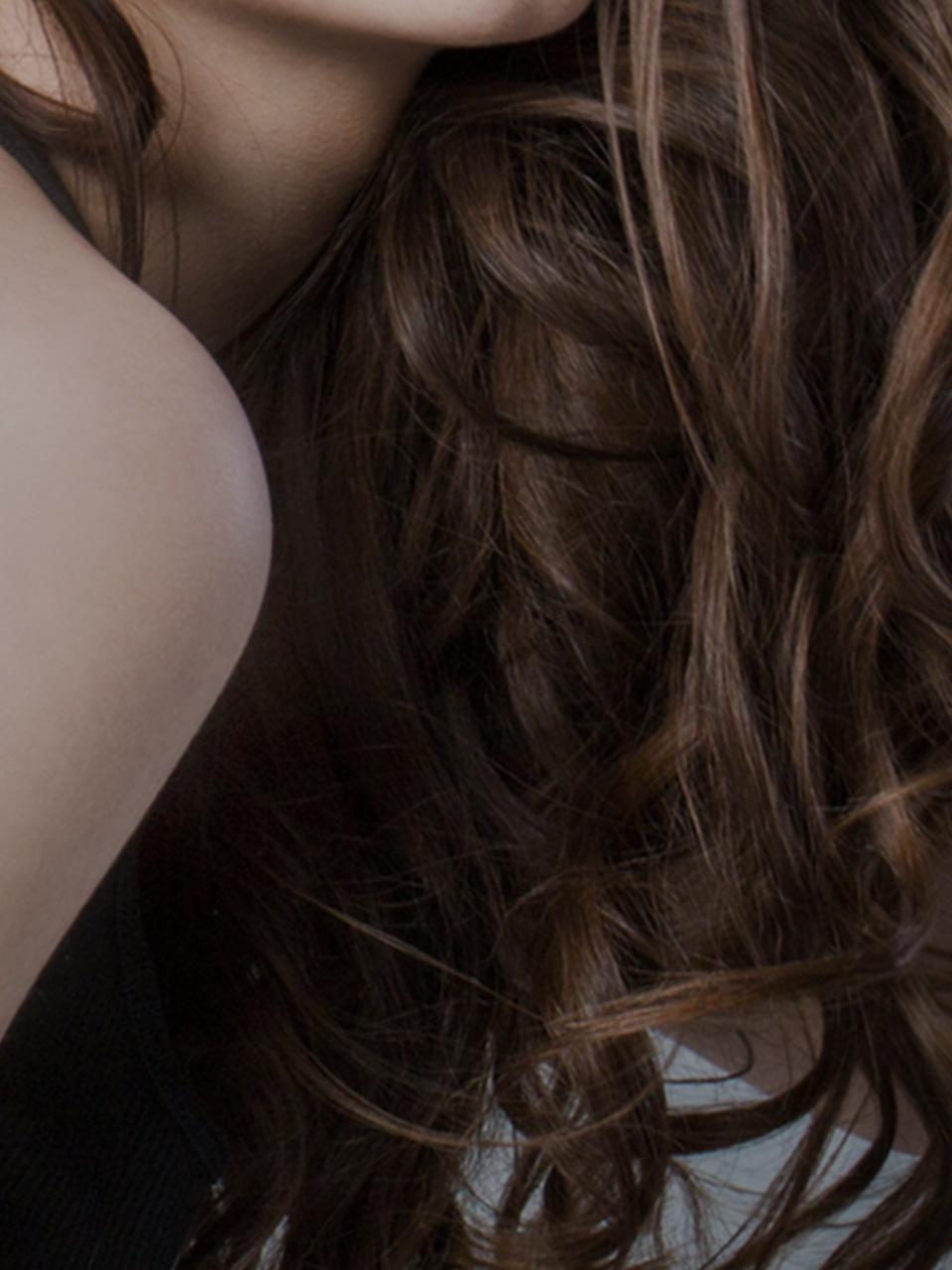
Tap to Read ➤
Where do Lice Come From?
Parul Solanki


A commonly asked question among people affected by it is, where do lice come from? Although its exact origin is not really known, lice usually pass on from one person to another through physical contact.
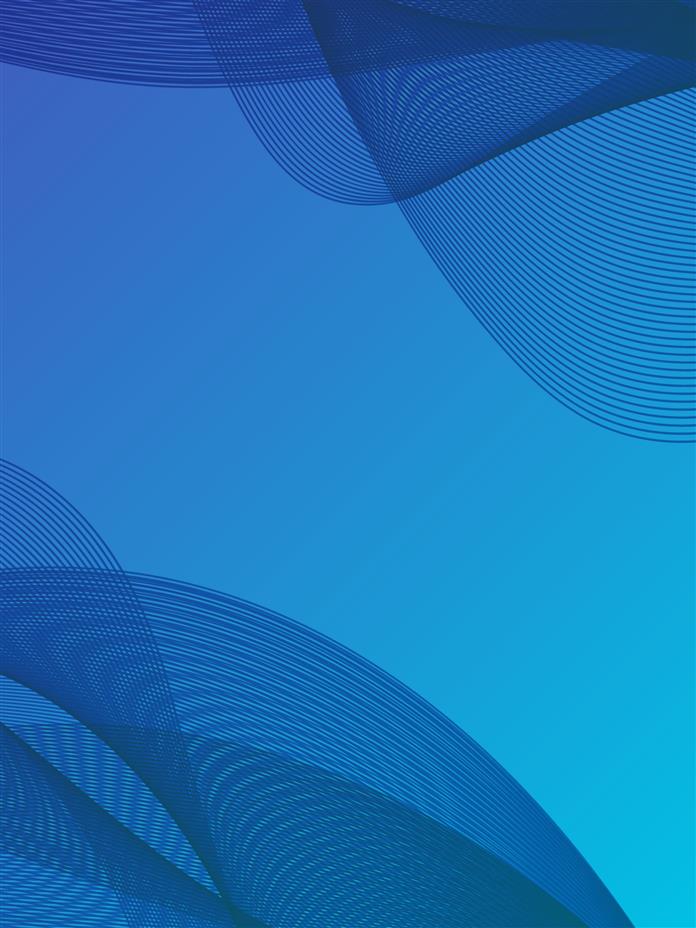
One of the most common questions related to lice infestation is "where do these pests come from? Lice or pediculosis is a common problem resulting in panic, confusion; embarrassment, especially children get affected most by it. These small insects have a life span of approximately 40 to 50 days, and are glued firmly to the hair shaft near the scalp.
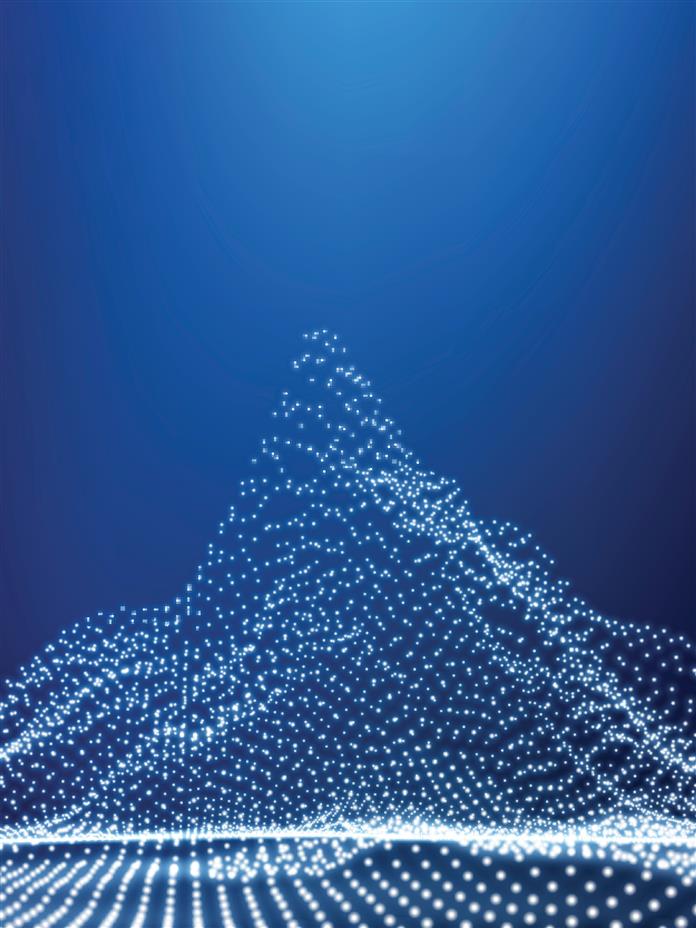
Lice also known as nits, lay their eggs close to the shafts of the hair. These nits hatch in around 10 days and mature to adult lice in approximately two weeks. Most of the time, people mistake these nits for dandruff.
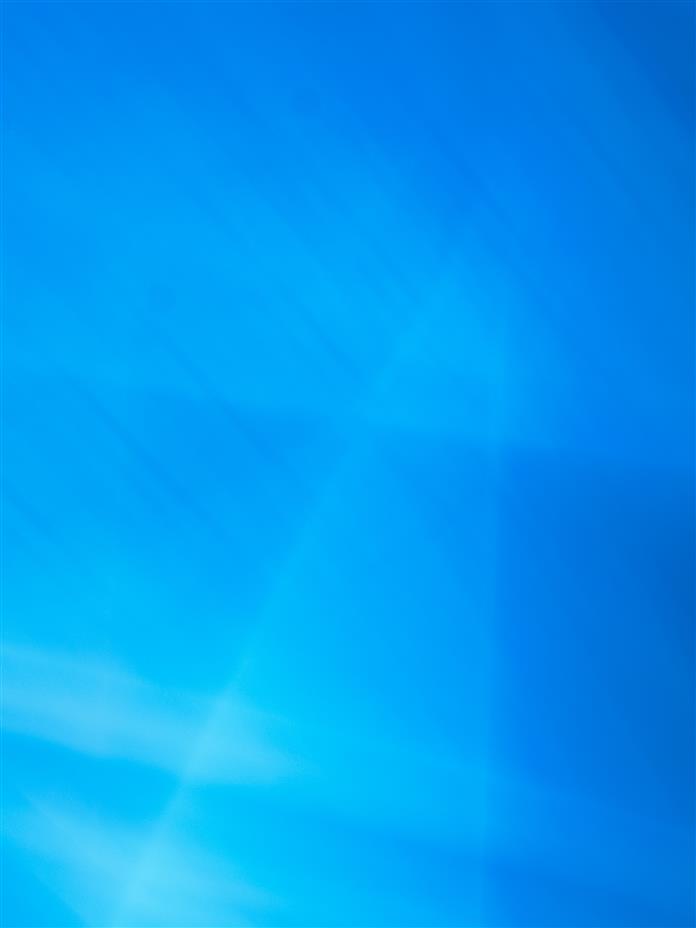
However, once these eggs have matured into fully grown lice within a time span of a few days, it is easy to observe the symptoms of head lice. These include itching of the scalp, sores on the head, and in some extreme cases, even hair fall.
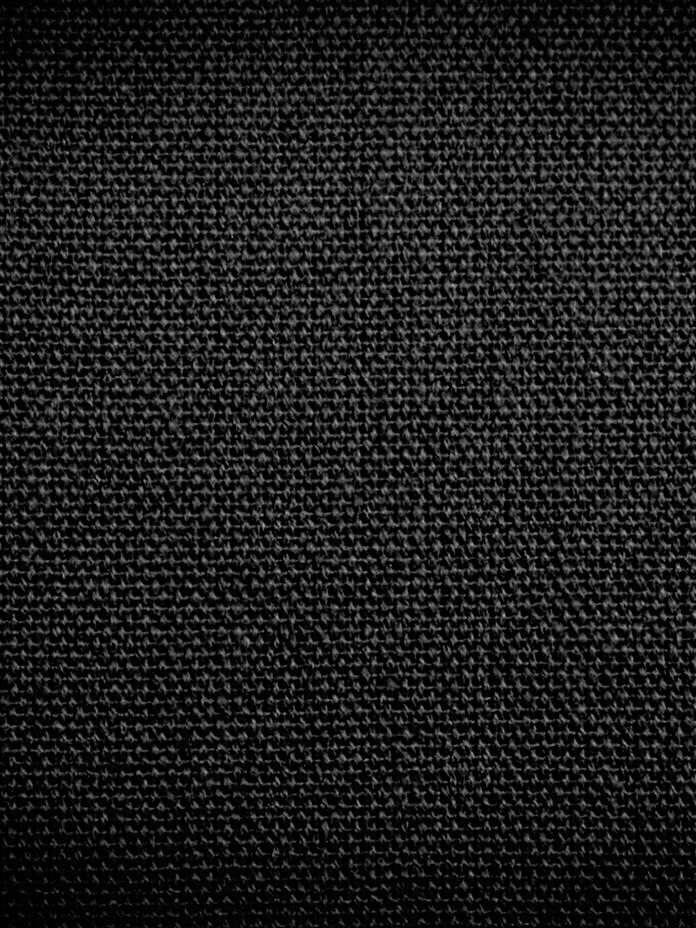
Where do lice come from?
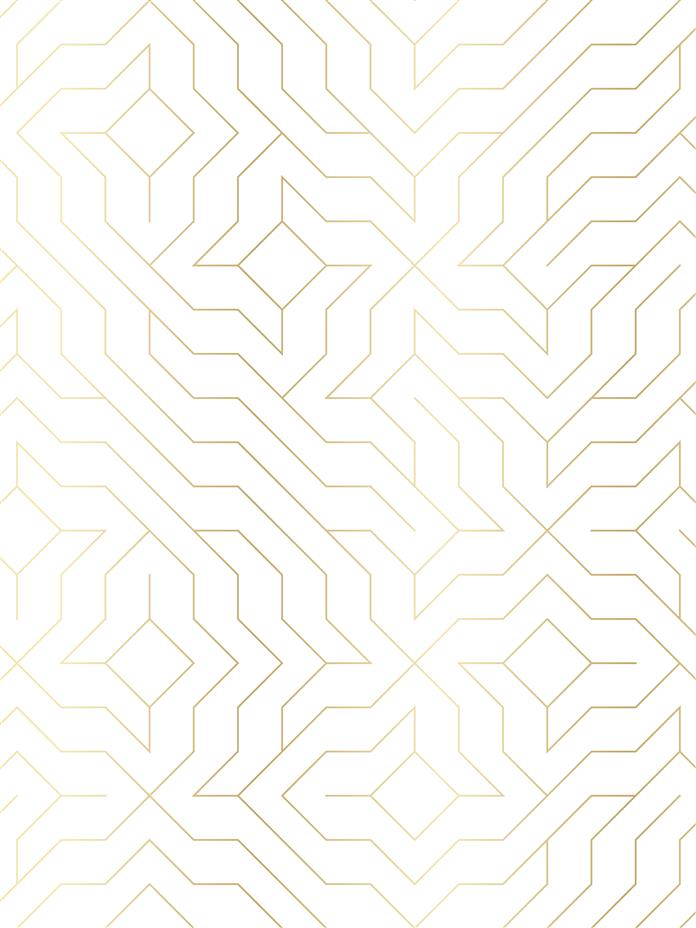
The answer to this commonly asked question may sound quite silly, but lice can actually come from anywhere and basically affect anyone. Although there is a social stigma attached to it, lice infestation has nothing to do with hygiene and cleanliness. Unlike fleas, head lice do not have wings and cannot fly.
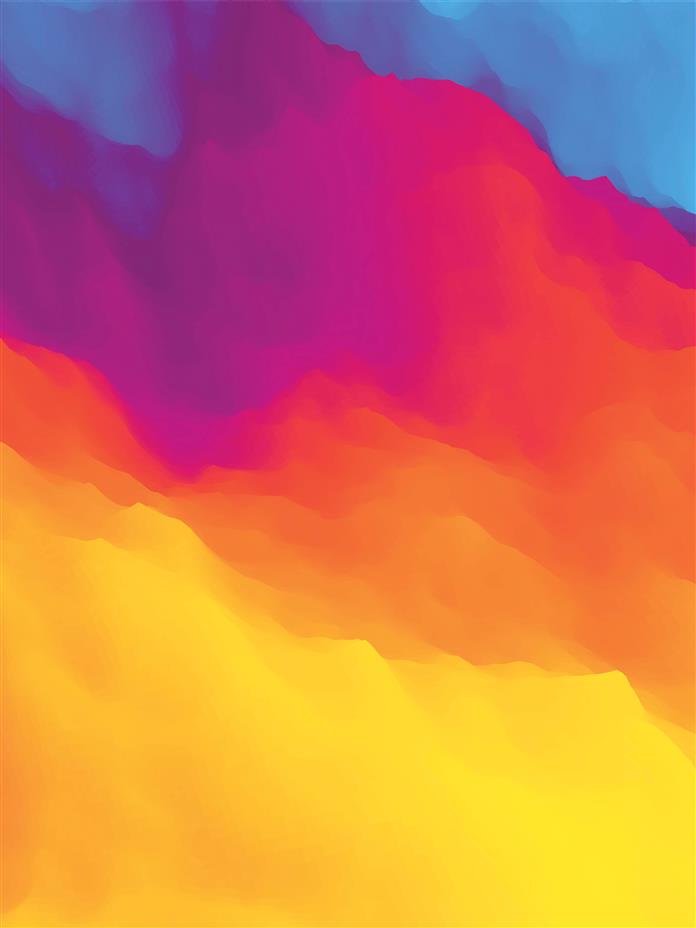
There are many ways of lice transmission like a physical contact with an affected person, sharing combs, hair brushes, hats, ribbons, scarves and headgear or sharing clothes with someone or trying them at a store or previously used by an infected person. It also happens while sitting next to the person on a couch, car seat or a movie theater.

Pediculosis is commonly seen in school children due to the ease of transmission among children who share their hair brushes in the bathrooms or use the same amateur protective sports gear such as football or baseball helmets.
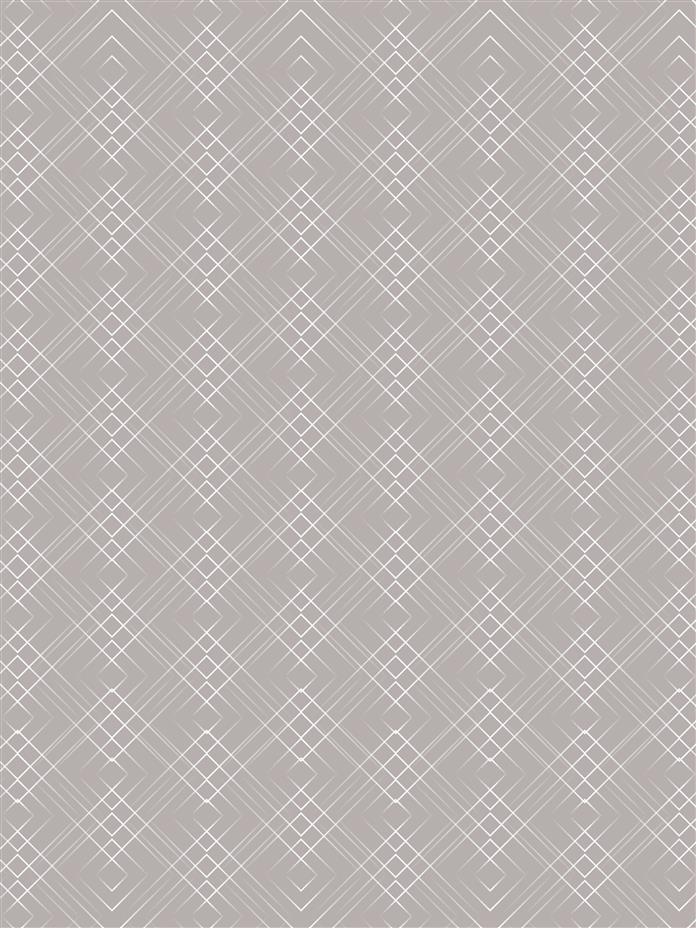
Hugging a person close to you can result in the lice transmission into your head. In some cases, pets might also be the carriers, but head lice is basically a human parasitic infestation which need human blood to survive. Once they spread from one person to another, adult lice can survive for 8 hours and the nits for 10 days.

Treatment for head Lice:
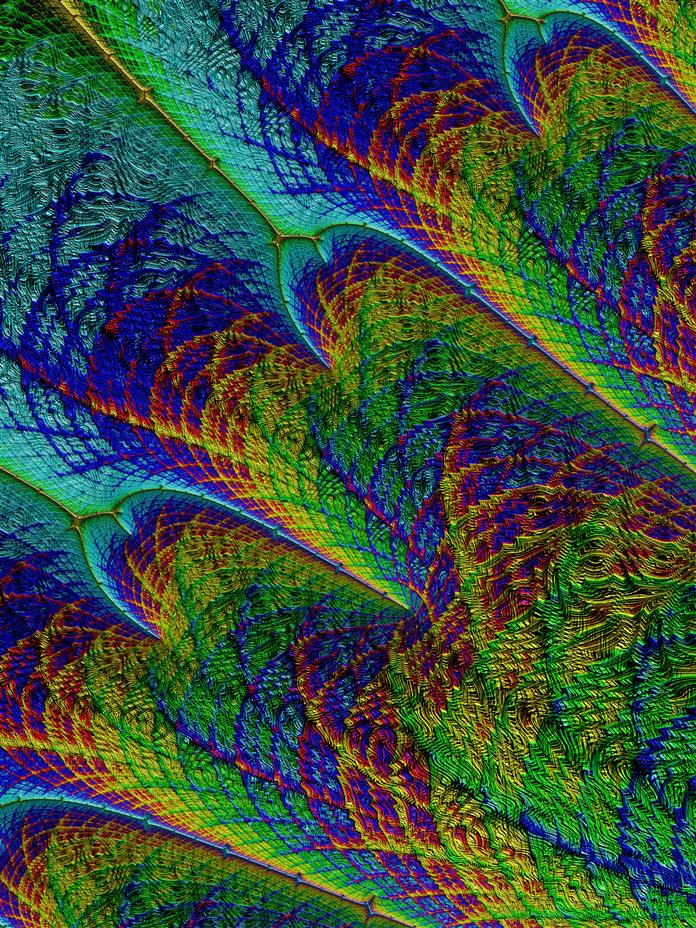
One of the most common symptoms of head lice infestation is an itchy scalp. This is sometimes accompanied by scabs or red spots. For treating head lice and to control its growth, you can use medicated shampoos or physically remove the lice and the nits from one's head.
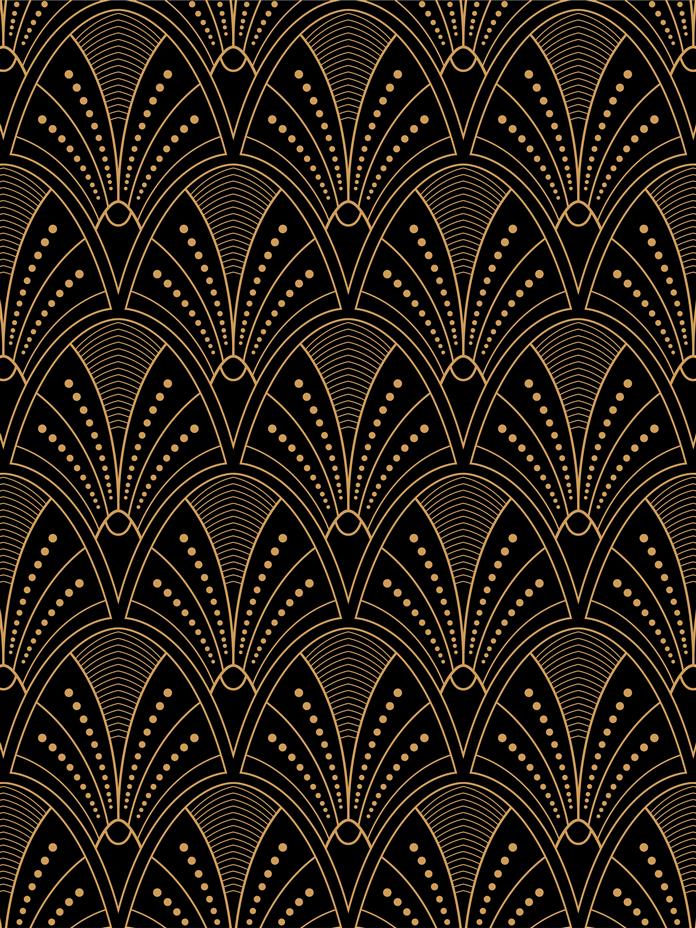
Over-the-counter lice medications contain insecticides like pyrethrum, it is advisable not to use them in large amounts. For removing the nits, use metal or any fine-toothed lice combs. Wash and condition the hair to remove tangles from them and then comb the lice out. Besides common hair care products, there are many home remedies to get rid of head lice.
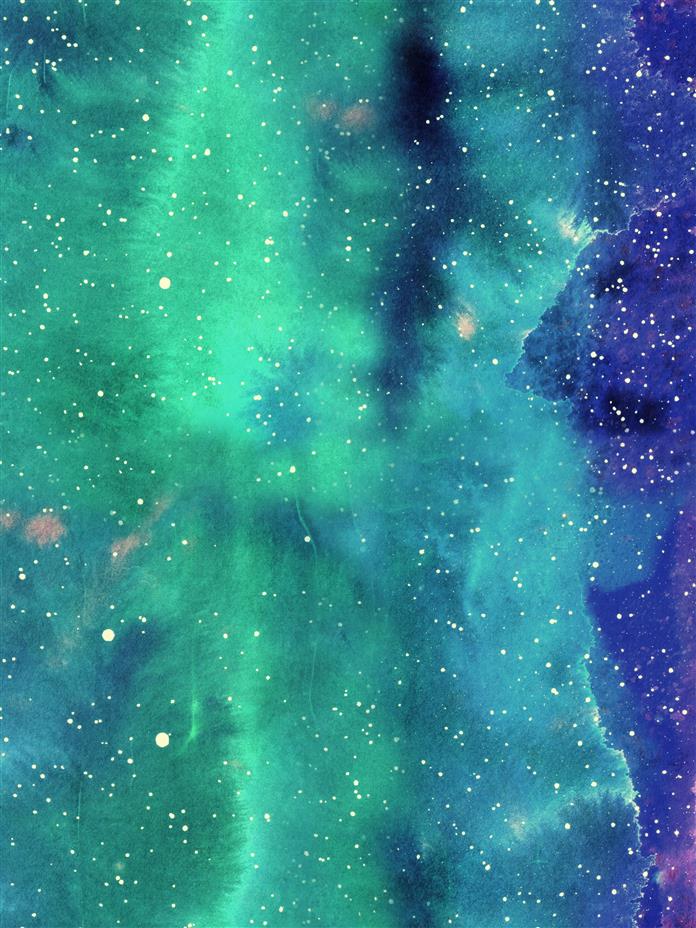
Pregnant women or those who contract allergies after using medication should consult a physician or a pharmacist. In some cases lice may affect the eyebrows and the eyelashes of a person. In this case, make sure that no medication that is pesticide based, be applied to the eye area.
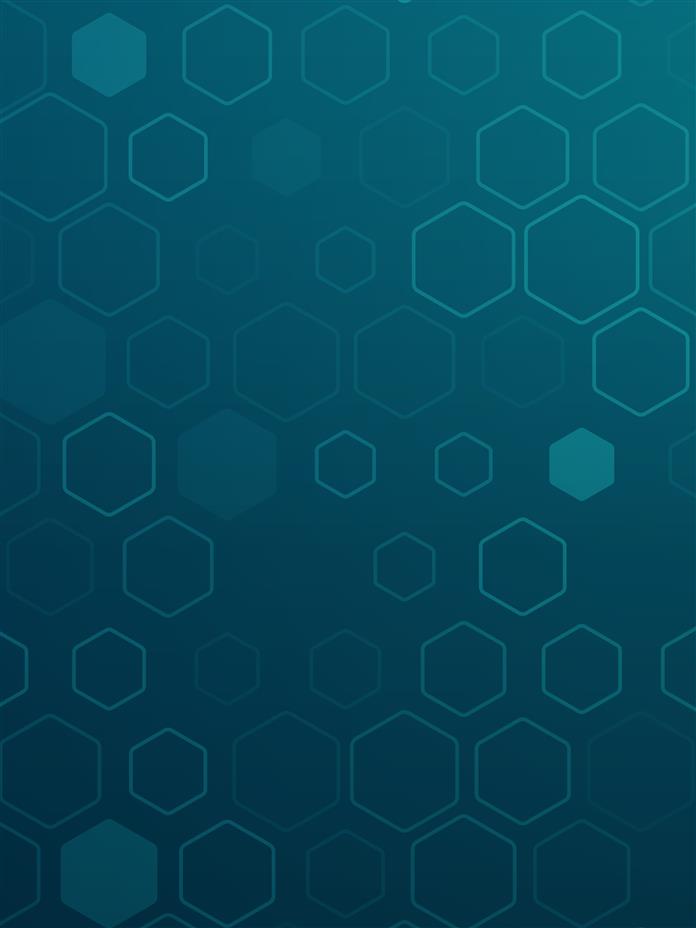
After lice removal is complete, it is better to check twice a day for at least 10 days to watch out for any signs of re-infestation. Although lice usually do not survive away from a human feeding source, it is always a good idea to sanitize the objects that were in close contact with the person such as, pillows, blankets, and clothes.